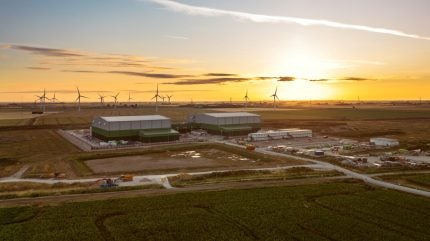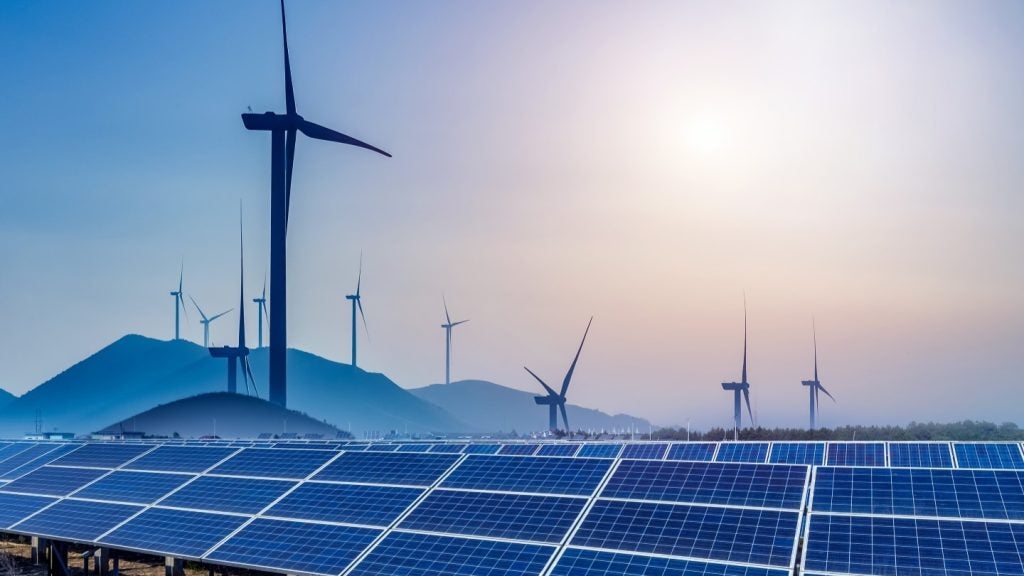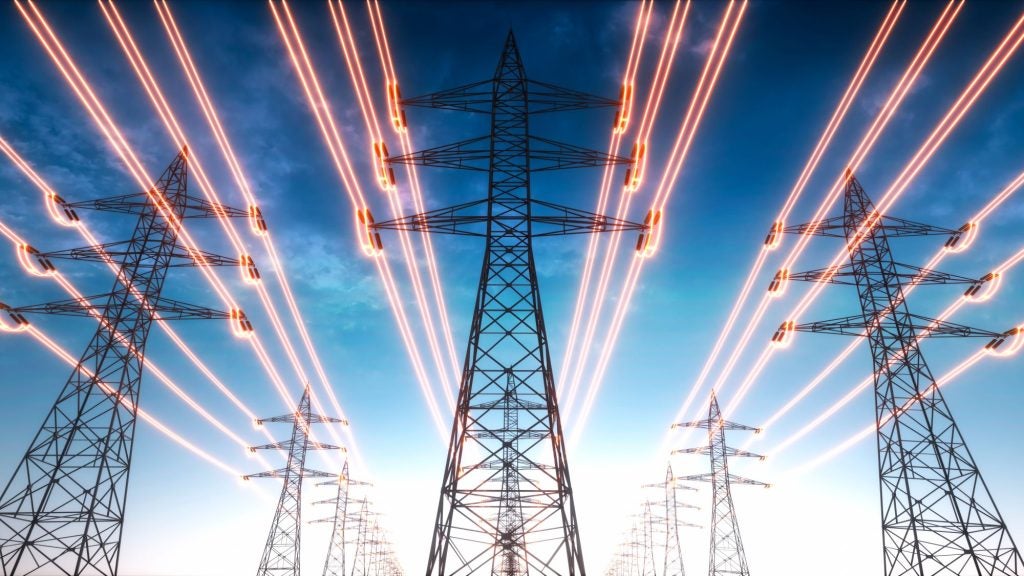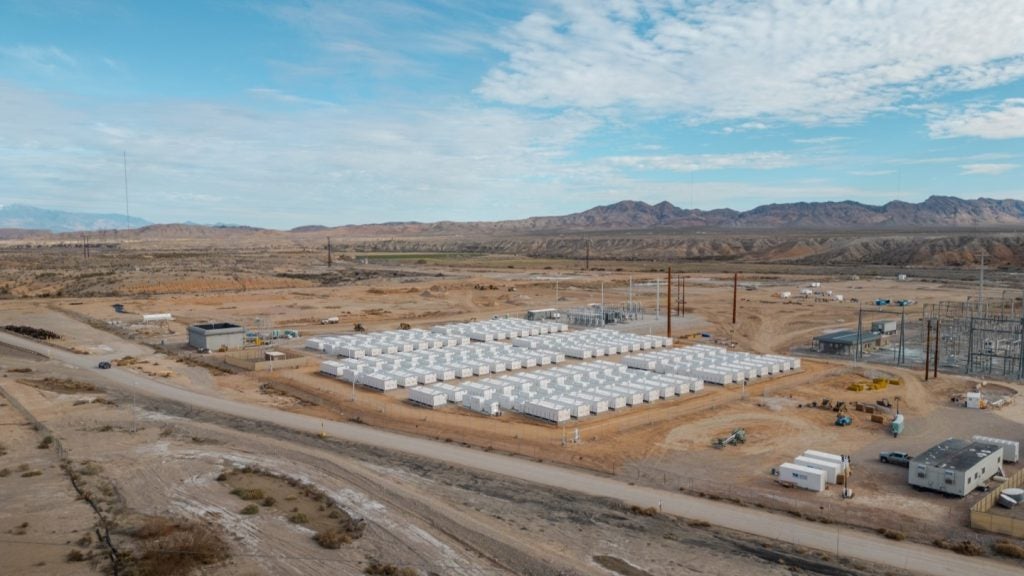
National Grid, a British electricity and gas utility, has formally launched the 1.4GW Viking Link Interconnector project, a subsea cable connecting UK and Denmark electricity grids.
The £1.7bn ($2.11bn) project comprises a 764km-long land and subsea cable, which for the first time has connected electricity grids between the two countries.
How well do you really know your competitors?
Access the most comprehensive Company Profiles on the market, powered by GlobalData. Save hours of research. Gain competitive edge.

Thank you!
Your download email will arrive shortly
Not ready to buy yet? Download a free sample
We are confident about the unique quality of our Company Profiles. However, we want you to make the most beneficial decision for your business, so we offer a free sample that you can download by submitting the below form
By GlobalDataCables extend from the Bicker Fen converter station in Lincolnshire to a counterpart in southern Jutland, Denmark.
The Viking Link, which is National Grid’s sixth interconnector and the UK’s ninth, plays a crucial role in providing low-cost, low-carbon power to UK consumers.
The project, which began construction in July 2020, is a joint venture between National Grid Ventures and Energinet.
Since commencing operations earlier this year, Viking Link has facilitated the transmission of around 1.73 terawatt-hours of electricity between the two nations.
This figure is expected to rise as the UK’s renewable energy capacity expands. By the 2030s, the UK is projected to become a net power exporter.
The ability to import power during periods of low renewable output remains critical to meeting consumer demand at the most competitive prices, National Grid said.
The launch of Viking Link, alongside upcoming projects like LionLink and Nautilus, is part of National Grid’s strategy to support the deployment of 50GW of offshore wind by 2030.
National Grid Group CEO John Pettigrew said: “In an ever-changing global energy market, the value that connections like Viking Link can provide to national energy security cannot be understated.
“Over its lifespan, this record-breaking connection will deliver over £5bn in efficiencies for UK consumers, allow us to trade hundreds of GW in surplus power and provide an indispensable tool in guaranteeing the continued reliability of our energy system.
“Projects like this are emblematic of the efforts National Grid will make to deliver for customers and climate alike. I am delighted that we have been able to come together with industry leaders and those who collectively spent four million working hours over five years building Viking Link to recognise that.
“Physical connections to other countries are central to the international collaboration that sits at the heart of the energy transition we are undergoing. Our existing fleet, Viking Link and our planned Nautilus and LionLink projects will act as the cornerstone for North Sea nations to make the most of up to 300GW of offshore wind generation, delivering low-cost renewable energy to consumers with the least impact on coastal communities.”
In its inaugural year, Viking Link is expected to reduce carbon emissions by 600,000 tonnes. The project is also expected to generate more than £500m in savings for UK consumers over its first ten years of operation, while supplying enough energy for 2.5 million households.






